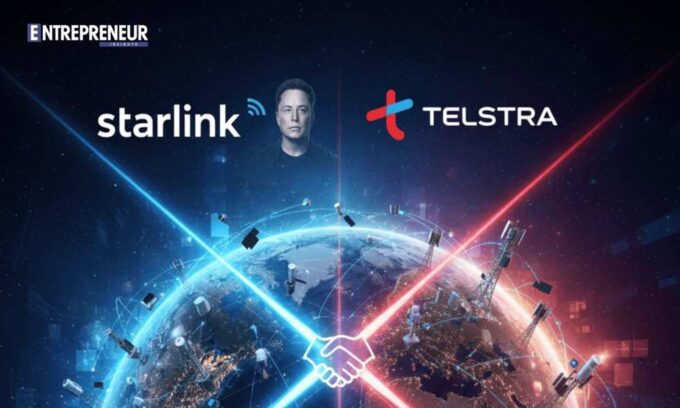- Home
- Latest Magazines
- Cover Stories
- World News
- News Station
- Business Insights
- Business Partnerships
- Industry Spotlights
- Education & Career
- Marketing & Advertising
- Human Resources
- Health Tech
- Big Data
- Cybersecurity
- Cryptocurrencies
- Cloud Computing
- Digital Payments
- Robotics
- Travel and Culture
- Small Business
- Tech Startups
- Internet of Things (IoT)
- Corporate Strategy
- Blogs
- Specials
- About Us
- Contact US
Intel and TSMC: Talks Spark Speculation of Strategic Alliance

In a move that could impact the semiconductor landscape, Intel has approached Taiwan Semiconductor Manufacturing Company (TSMC) about new investments or strategic partnerships. According to sources acquainted with the topic, conversations are still in the beginning phases, but the industry is already full with ideas about what such a deal may entail for global chipmaking dominance.
The development comes as both Intel and TSMC face mounting pressure to expand capacity, secure advanced technologies, and strengthen their positions in an industry defined by fierce competition and high demand. While TSMC remains the world’s largest contract chipmaker, Intel has been striving to reinvent itself as a leading foundry player, especially under its IDM 2.0 strategy.
Intel and TSMC: Potential Shifts in Semiconductor Power
If an investment or collaboration materializes, the partnership could provide Intel access to TSMC’s cutting-edge manufacturing expertise, while TSMC could benefit from Intel’s financial strength and government-backed initiatives in the United States. This synergy could help both companies counterbalance the dominance of competitors like Samsung and emerging Chinese chipmakers.
For Intel, the talks signal its determination to accelerate production capabilities beyond internal resources. Recent delays in its advanced nodes have left Intel looking to external partnerships, and TSMC’s track record in delivering 3nm and 2nm technology makes it an appealing ally.
For TSMC, a potential tie-up with Intel could open fresh opportunities in the U.S. market, especially as Washington pushes for domestic semiconductor manufacturing under the CHIPS and Science Act. Aligning with Intel could strengthen TSMC’s political and economic standing in the West.
Industry analysts note that such a partnership would not come without challenges. The two companies are traditionally competitors, and balancing shared goals with rival ambitions will require careful negotiation. Issues like intellectual property sharing, technology roadmaps, and market positioning could become potential friction points.
Still, the semiconductor sector is moving toward an era where collaboration may be as critical as competition. With rising global demand for AI processors, high-performance computing chips, and automotive semiconductors, Intel and TSMC could find common ground in expanding their reach.
Key highlights include Intel’s proactive search for manufacturing partnerships, TSMC’s role as a global foundry leader, and the broader geopolitical significance of a U.S.-Taiwan collaboration. Such a move could set the tone for the next phase of semiconductor innovation and supply chain resilience.
As the story develops, the industry will be closely watching to see if Intel and TSMC can bridge their differences and forge a partnership that redefines the future of chips.
Explore more
Celebrate Labor Day 2025 with parades, shopping deals and community events
“The Entrepreneur Insights” – informative, concise, friendly, and inspiring. Provide readers with everything they need to know about Labor Day 2025 — meaning,...
GeSI and Greentown Labs Unite to Accelerate Climatetech Innovation
GeSI and Greentown Labs have announced a strategic partnership aimed at boosting...
Temasek Foundation and UNICEF Join Forces to Boost Femtech Innovation
Temasek Foundation has partnered with UNICEF to support femtech startups improving women’s...
Telstra and Elon Musk’s Starlink Join Forces to Revolutionize Connectivity
Telstra’s CFO recently highlighted a potential strategic partnership with Elon Musk’s Starlink,...
Major League Baseball Looks to Sign Media Deals
Major League Baseball (MLB) could soon experience a boost in media activity...














Leave a comment